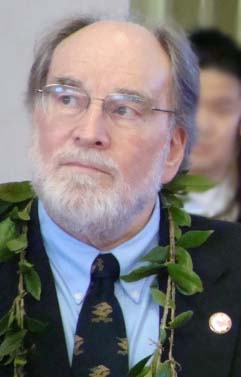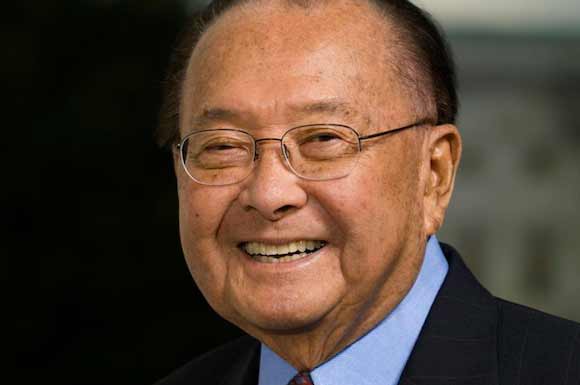ANALYSIS: What Inouye’s Death Means for Hawaii
By Nate Gaddis
The passing of Hawaii’s senior Senator Daniel Inouye yesterday quickly elicited an outpouring of grief among his constituents, and seemingly endless tributes from dignitaries and fellow lawmakers.
But while Hawaii is in a period of mourning, Governor Neil Abercrombie, a longtime colleague of Inouye’s, is under pressure to quickly appoint his successor to the US Senate.
The nation faces a looming economic crisis should Congress fail to resolve its budgetary differences, and trigger over $1 trillion in automatic spending cuts on January 1st. In addition, new lawmakers are set to be sworn in at our nation’s capital on January 3rd. Given the present circumstances, it’s likely that Abercrombie will move fast in choosing Hawaii’s next senator.
Hawaii law dictates that the party of a congressman unable to complete his term will appoint a list of replacements, with the final choice being made by the governor. Under Hawaii Democratic Party rules, three persons will be chosen by the party’s Central Committee, and then submitted to Abercrombie. Should the party place Abercrombie’s name on the list, the governor could conceivably choose himself.
Some argue a more likely possibility though would be to select another experienced Hawaii politician, like Rep. Colleen Hanabusa, who is already familiar with the workings of congress.
Choosing Hanabusa would leave her seat open in the House, triggering a special election that could invite any number of longtime Hawaii politicians like Mufi Hannemann, Linda Lingle, or even former Rep. Ed Case into a winner-take-all contest.
Whomever Gov. Abercrombie chooses, they will only serve half a senate term before being forced by law to run for re-election in 2014.
Filling Inouye’s shoes is viewed as an unenviable task. The late senator began his national political career at the US House of Representatives in 1959, just as Hawaii gained statehood. Three years later, he took the job that would end up being his until his death yesterday at the age of 88.
Inouye was the head of the Senate Appropriations Committee, which allocates federal funds. It is unclear who will now be appointed to that post, but the loss of that position could prove devastating to Hawaii.
To get some idea of the impact Inouye had, it’s worth glancing at the earmark dollars Hawaii’s congressional delegation brought in during recent years.
In the years 2009-2010, Daniel Inouye sponsored at least 137 solo earmarks totaling over $425 million. Most of that money found its way directly to Hawaii’s shores.
By comparison, in those same years, then-Rep. Neil Abercrombie sponsored 15 solo earmarks totaling just over $26.5 million, while Rep. Mazie Hirono had 14 solo earmarks totaling a little over $6.4 million.
Both Abercrombie and Hirono were of course members of the US House of Representatives during those years, which make comparisons to Inouye’s position in the US Senate difficult.
Inouye’s colleague at the time, Sen. Daniel Akaka, fetched 13 solo earmarks to the tune of around $26.6 million in the years 2009-2010.
Regardless of who succeeds Inouye in the US Senate, Hawaii’s congressional delegation faces a monumental challenge in sustaining his legacy of securing aid for the Aloha State.
It’s worth remembering though that Inouye’s powerful stature did not develop overnight.
The late senator cultivated professional relationships over a more than 50-year career that included interactions with everyone from President John F. Kennedy to our current Hawaii-born commander-in-chief.
By comparison, Hawaii’s youngest member of congress, Rep. Tulsi Gabbard, begins her career at our nation’s capital roughly four years younger than Dan Inouye was when first elected to the US House of Representatives in 1959.
In Washington, few things happen quickly.












